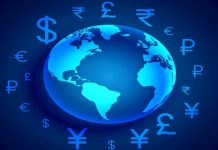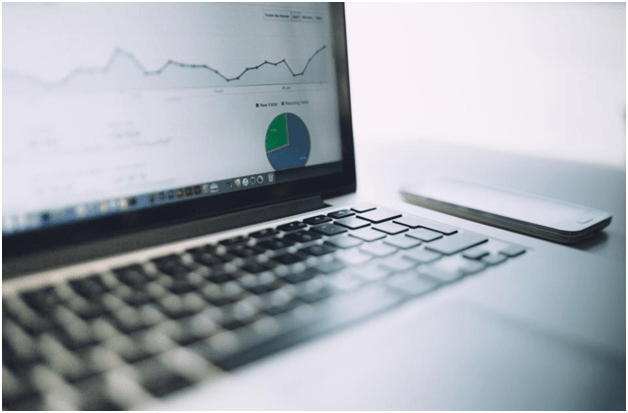COVID-19 could offer negative Economic Effects in three main ways by directly affecting production, creating disruptions in the supply chain and in the market, and by its financial impact on companies and financial markets.
Nevertheless, much based on the public’s response to the disease. COVID-19 happens to be a disease caused by a precise virus (SARS-CoV-2) and labeled in the press as “new coronavirus” or “coronavirus”.
At present very little is thought about the disease. Albeit public health officials are as yet deciding the medical impacts of the virus alongside certain key qualities, for example, the incubation time frame, people accept that the economic impact will depend to a limited extent on how the public responds to the virus. The public reaction could permit the disease to spread all the more rapidly and generally, or it could make pointless expenses.
Economic impact
Direct impact on production. Chinese production has just been significantly influenced by the conclusion of Hubei territory and different areas. Some different countries are likewise starting to feel immediate Economic Effects as their authorities execute comparative measures. The slowdown in China has impacts on exporters to that country. As per the World Bank, the biggest sources of imports from China are Japan, Korea, and other Asian countries.
Disturbance of the supply chain and the market. Many manufacturing companies rely upon imported intermediate inputs from China and different countries influenced by the disease. Numerous companies additionally depend on sales in China to accomplish their financial objectives. The slowdown in economic activity – and transport restrictions in the influenced countries is probably going to affect the production and gainfulness of certain global companies, especially in the manufacturing segment and on the raw materials utilized in manufacturing.
For companies that rely upon intermediate products in the influenced areas and can only with significant effort change their supply source, the magnitude of the impact may rely upon how rapidly the outbreak blurs. Small and medium-sized businesses may make some harder memories surviving the shock. Travel and tourism companies face misfortunes that are probably not going to be recoverable.
The financial impact on companies and financial markets. Temporary input and/or production shocks could put a few companies, especially those with deficient liquidity, under strain. Merchants in financial markets could conceivably accurately envision or understand which companies might be defenseless. The resulting increment in risk could uncover that at least one key financial market players have taken investment places that are not beneficial under current conditions, further weakening trust in financial instruments and markets. A potential (likely low likelihood) occasion would be a significant disturbance to financial markets as members stress over counterparty risk.
Situations
These potential situations are absolutely expressive ideas about the potential paths that the disease outbreak, and the world economy, could take.
The most exceedingly Terrible is finished
Transmission in China has just diminished. Albeit some isolated outbreaks happen somewhere else, they don’t make an enormous spread of the disease. As the quantity of cases balances out globally, China’s economy comes back to the ordinary, and there is little impact outside of certain areas like Iran that are not important to the global economy. China’s GDP is profoundly influenced in the principal quarter of 2020, however, recovers in the second and third quarters, albeit a portion of the lost production is never supplanted. Some particular companies outside of China experience transient supply disturbances, yet the impact on the world economy is temporary and small.
The Time of the Virus
In spite of the fact that the spread of the disease in China eases back down, outbreaks happen constantly around the globe. Every outbreak requires a slowdown in production in that area, and in a globalized world, that implies there are ceaseless disturbances in various districts and ventures as outbreaks happen and are controlled. The general impact is to disturb economic activity enough to slow global development significantly. Companies that are sufficiently spry to manage the difference in suppliers and that have enough liquidity to endure times of low sales and salary will have an upper hand.
Reaction to the Global Pandemic
Economic revolves far and wide are dependent upon Wuhan-style shutdowns as individuals panic at the spread of the virus. Clumsy country-by-country decisions upset the development of individuals and merchandise. Global manufacturing declines, as businesses with universal supply chains, can work just irregularly. Tourism and related businesses are declining drastically, and tourism-based businesses and locales are influenced. It takes over a year for the World Health Organization and the United Nations to build up an acknowledged global reaction that organizes health estimates dependent on adequacy and cost to the general economy, and for that reaction to be acknowledged in the fundamental world economies.
Financial Crisis
Deferrals in shipping and production plans make financial issues for companies with enormous obligations, particularly in the United States. The decline in global stock markets and the trip of risky investors selling resources like high return securities and unpredictable stocks uncover investors who have underestimated risk.
Conclusion
Worry about counterparty risk quickens the decline and evaporates liquidity in financial markets. National banks rush to manage the issue. Financial markets and the world economy are recovering after a V-formed recession.







































